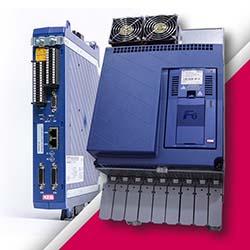A3 to Kick Off Automate 2017 with White Paper on Jobs in the Automation Age
Staying Rich Without Manufacturing Will Be Hard
Switching to Cast Polyurethane Parts for High Impact, High Wear Applications
The Importance of Electrical System Optimization for the IIoT
Mnuchin on robots taking US jobs: 'It's not even on our radar screen ... 50-100 more years' away
3D Printing: Still Worth It?
Gartner muses on importance of algorithms for Industry 4.0 projects
How to Increase Run Rates, Reduce Waste and Maximize Profitability
Smart Manufacturing in Plastic Injection Molding
Industry 4.0: The Five Steps Towards A Digital Supply Chain
Alphabet Soup: Understanding IOT Acronyms and How to Compare Them
How Practical AR Tech Tools Can Transform Manufacturing Processes
MakerBot says its new print process reduces times and costs by around 30 percent
Japan looks beyond Industry 4.0 towards Society 5.0
Carbon SpeedCell™: Additive Manufacturing Reinvented
Records 2521 to 2535 of 3070
First | Previous | Next | Last
Featured Product

KEB VFDs for High Speed Motor Control
Manufacturing and Automation - Featured Company

